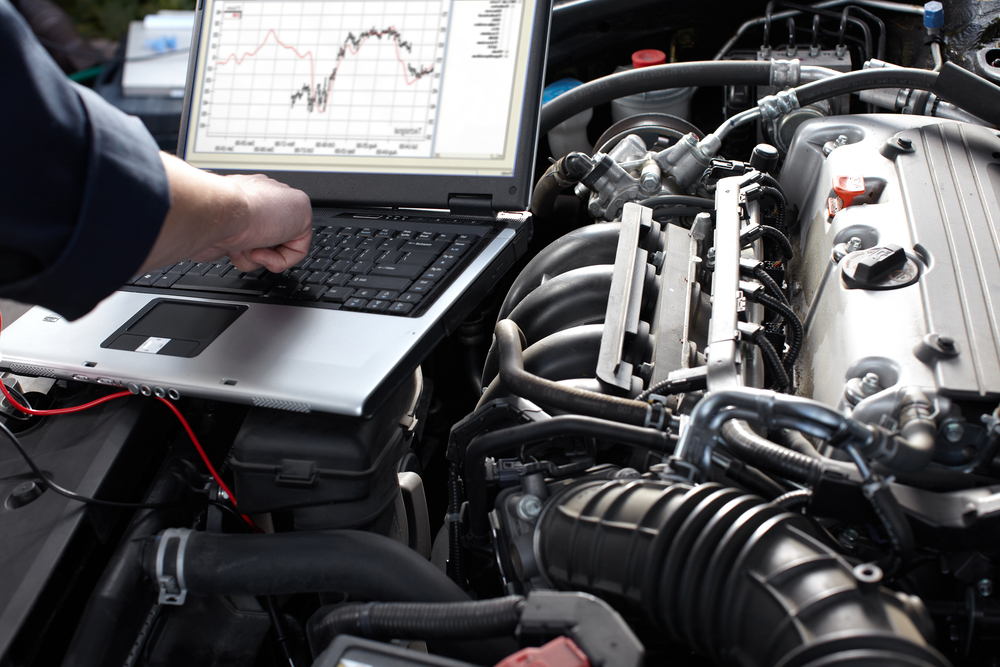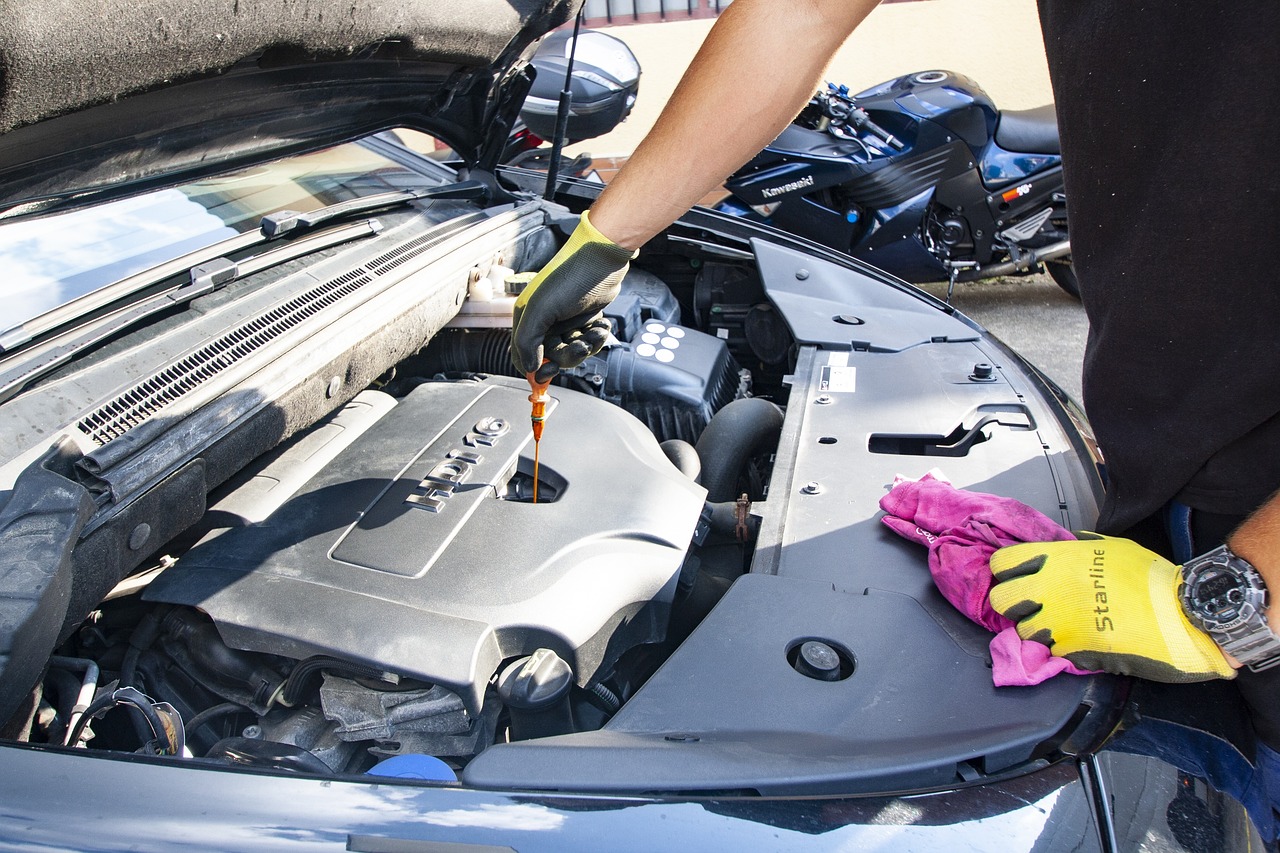Preventative maintenance refers to the work that needs to be done on your car in order to maximize its life and performance. These tasks are preventative because they’re done before anything is wrong with your car, thus avoiding damage that would occur if they weren’t being performed regularly. There are short-term, seasonal, and long-term tasks that need to be done for every vehicle:
Short-Term Maintenance
- Oil changes. These keep your engine running smoothly and also improve fuel efficiency. Check your oil levels every 3,000 miles, and if the oil is dirty or low, get the oil changed.
- Tire rotations. You should get your tires rotated about every 5,000 to 6,000 miles. This extends the life of your tires by making the tread wear evenly.
- Tire pressure check. The air in your tires will increase or decrease with the seasons—since Minnesota’s weather fluctuates so much, it’s good to check the tire pressure once a month. Then, add or release air depending on the recommended PSI.
- Fluid levels. About every three months, you should check fluid levels like engine oil, windshield washer fluid, coolant, and power steering fluid. These simple checks can catch a leak early on and save you money later.
Seasonal Maintenance
- Replace windshield wipers. It’s best to replace your windshield wipers every six months, especially in the winter and summer. Some wiper blades last up to 12 months, so just check them at the six-month mark to see how they’re holding up.
- Change out tires. Once we get into the snowy months, you should get your snow tires put on. Come spring, you’ll need to put all-season tires back on, or get new ones if the tread is worn down.
- Check the battery. Since we have such harsh winters in Minnesota, you should check your battery in the fall before the temps get frigid. Winter is harsh on the battery, so if it’s old, your car will likely have a hard time starting when it’s cold out.
- Change out air filters. These filters can often be changed once a year, but it doesn’t hurt to check them every six months, as clogged engine and air filters lead to poor vehicle performance.
Long-Term Maintenance
- Shocks & struts inspection. These parts of your car absorb the impact from driving over bumps in the road and keep you in control of the car. These should be checked every 50,000-60,000 miles.
- Wheel alignment. Often times, the need for a wheel alignment is obvious due to the vehicle pulling in one direction, but the signs can sometimes be subtle. It’s good to get the alignment checked out every year or two just to make sure that there isn’t premature or uneven tire wear.
- Checking brakes. When your brakes need repair, you’ll likely hear squealing or screeching when you press on the brakes. These are an incredibly important safety feature of your vehicle, so get them checked out as soon as you start hearing concerning noises.
Whatever preventative maintenance your car needs, we’re here to help. Auto Works is proud to be The Place Your Neighbors Trust.




